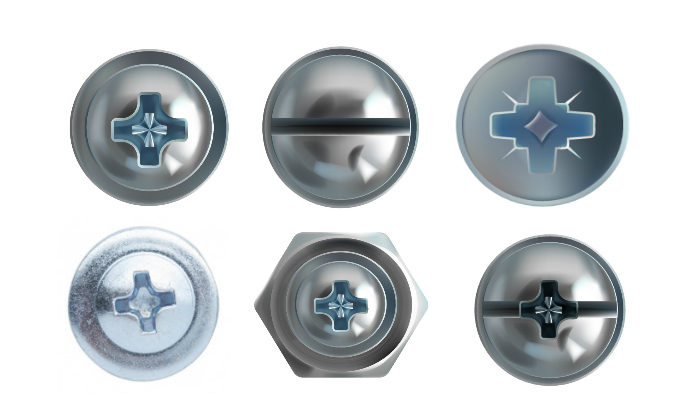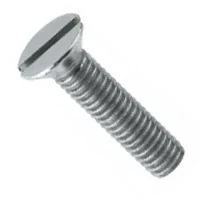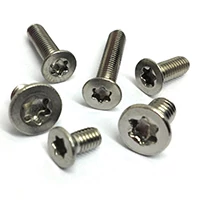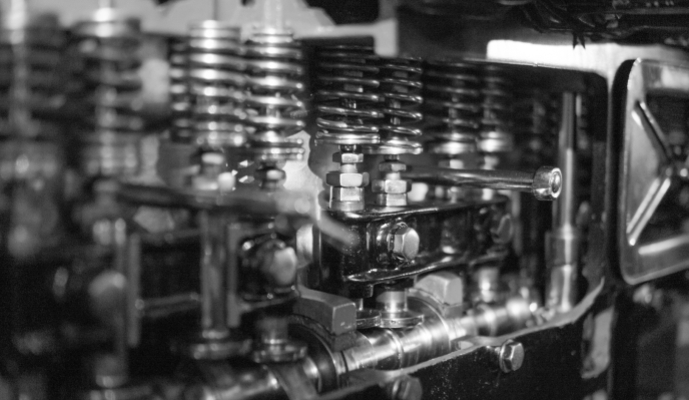A Beginner’s Guide to Screw Drive Styles

A fastener drive is a mechanism that is used to turn a screw. A set of distinctly shaped protrusions on the screw head allows a certain amount of torque to be applied to it; the addition of a mating tool completes the process. There are various fastener drive styles used for different applications, depending on the type of screw head you are using. Here are some of the most widely used types--
Slotted Head Drive

The first of its kind to be developed, the slotted type is still the most widely available screw drive because it is simple, inexpensive, and effective. The design is characterised by a single line running through the middle of the head, into which a flat-bladed screwdriver fits.
The slotted screw drive works best when hand-driven; it is normally not used with power tools because of the danger of the screwdriver slipping out of the slot and damaging the surrounding material. It is most suitable for simple carpentry, where the torque applied is less.
Phillips Head Drive

The Philips screw drive was introduced to improve the quality of the performance when the head came into contact with the screwdriver. It got its name from the Phillips Screw Company after they bought and modified the design.
A Phillips drive is characterised by slightly tapered flanks, a pointed tip, and rounded corners.
In contrast to the slotted drive’s two-point contact, the Phillips head type has four. With a four-point contact, either one of the head types can be used. Like the former, it also burrs when more torque is applied.
Pozidriv

The Pozidriv screw is an eight-point contact -- a second cross is added to the first, improving the contact of the screwdriver to the head. The Pozidriv is distinguished by a set of radical indentations at 45 degrees, making it visually distinct from the Phillips drive. The two are broadly interchangeable; but when used incorrectly, either can cause significant damage.
While a Pozidriv may fit a Phillips head, it is not advisable to use the former drive on the latter head, as it may slip out or tear it out. In addition to its superior grip, it is more versatile than the Slotted and Phillips drive.
Square Drive

Also known as the Robertson drive, its distinct design is characterised by a square-shaped socket in the screw head and a square protrusion on the tool. The tool and the socket are both slightly tapered. Originally introduced to make screws more practical through cold forming of the head, the taper also makes inserting the tool easier, and the screw tends to stay steady on the tip of the tool without needing the user’s support.
The Robertson drive is an extremely popular choice for woodworking and construction, while a combination drive of Robertson and Phillips types is often used in device and breaker terminals, as well as in clamp connectors.
Six Lobe Drive

Also referred to as the ‘Torx’ drive style, or a star drive, its design is characterised by a six-pointed star shape. The Torx drive is a more recent competitor to the Phillips drive; as is the case with the latter, screw heads of different sizes require different sized drivers.
The six-lobe drive is one of the most distinct and recognizable of all the drive types, capable of providing excellent driving performance when the recess is properly manufactured. Its application is vast.
Allen Drive

The Allen Drive, also known as the Allen Socket Drive, or Hex Socket Drive, is characterised by a hexagonal recess. It is driven by a tool known as the hex wrench, popularly called the ‘allen key’; another driving tool that can be used is the ‘hex screwdriver’. The driving surface is less prone than other types to external damage, providing a six-sided contact surface for applying greater torque.
The allen drive got its name from William G. Allen, who patented a process of cold-forming screw heads around a hexagonal die. Although a hex socket drive had been conceptualised well before 1909, the fully-realised product became available in the market after Allen had patented the manufacturing method.







